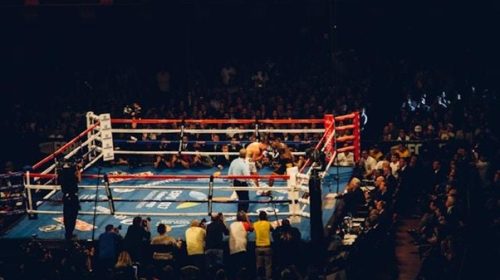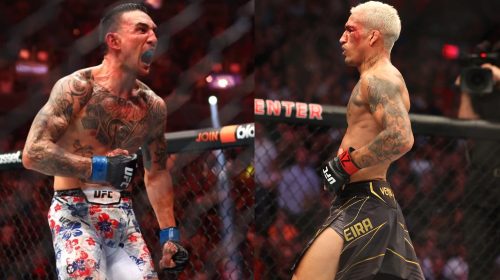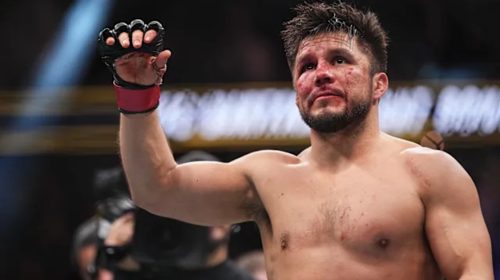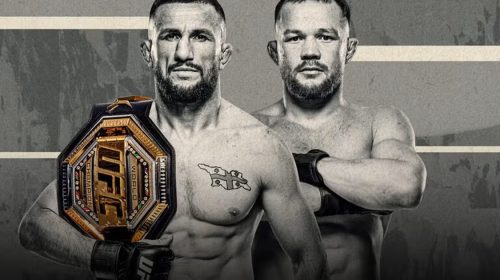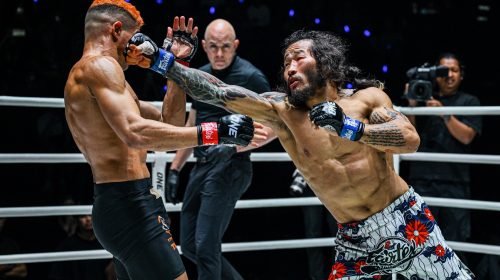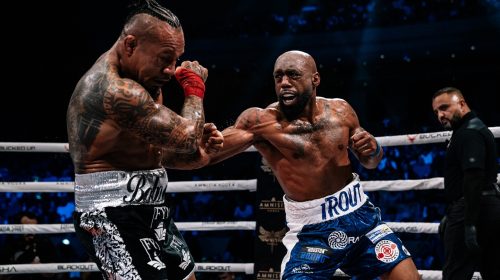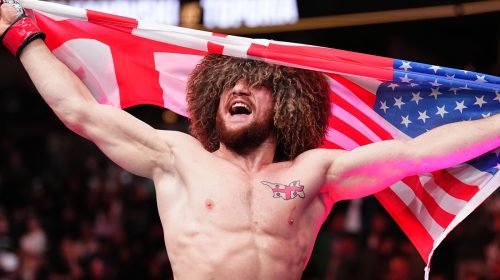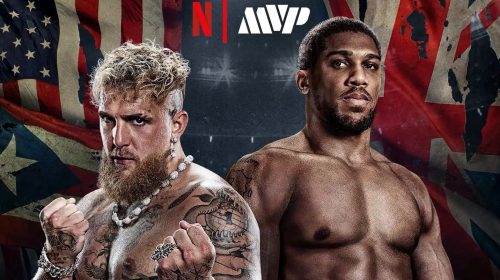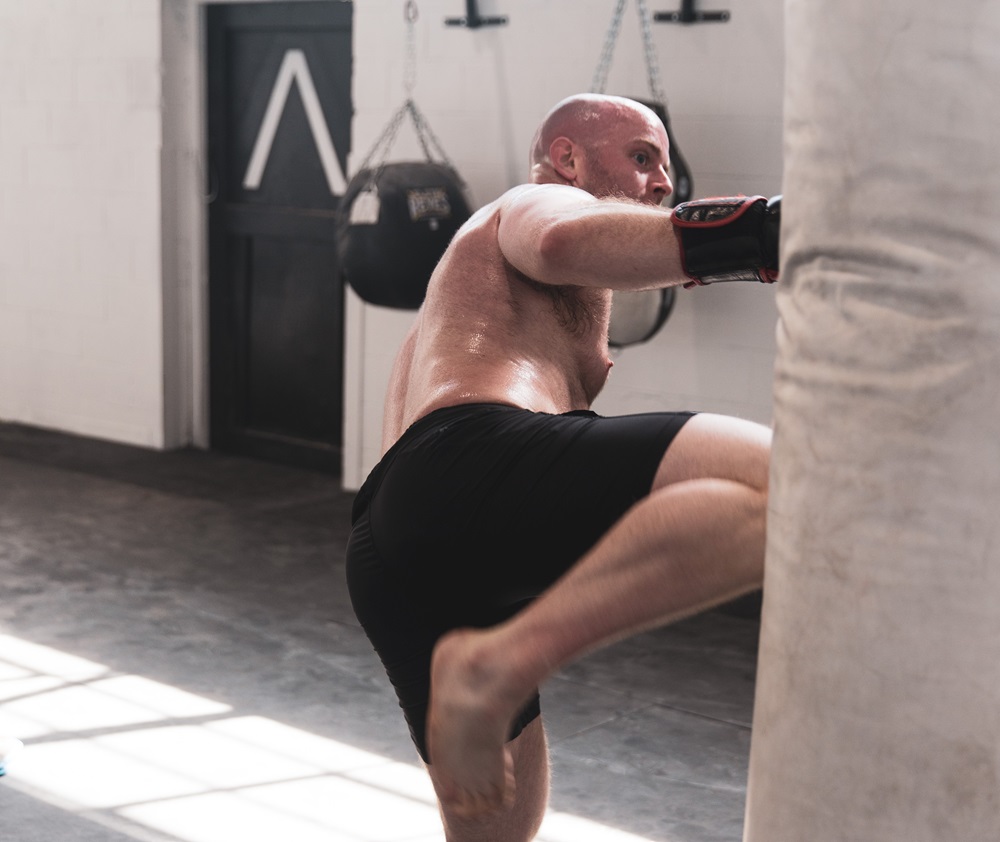
Exploring Modern MMA Fighting Techniques
Mixed Martial Arts (MMA) is one of the world’s fastest-growing sports. Data shows it has been the fastest-growing sport financially over the last five years. The sport’s flagship league, the Ultimate Fighting Championship, is one of the highest-grossing sports in the world.
While the root of MMA is ancient, arguably older than soccer, this form of combat sport is one of the youngest sports in the world. The MMA discipline has only been around for a few decades. That makes MMA a rapidly evolving sport, with the techniques today growing and changing faster since becoming formalized. In this piece, we’ll dive deep into modern MMA techniques that all fans need to know.
A Young Sport Means Rapid Evolution
As a sport ages, it evolves less. When Babe Ruth’s single-season home run record settled at 60, that number represented a 76% increase from the previous record holder. When Barry Bonds broke the same record 74 years later, his 73 home runs represented just a 4% increase from the previous record holder. The younger the sport is, the more rapidly it changes. MMA follows the same pattern, and MMA matches today look far different than they did even just 20 years ago.
Most experts consider Muhammad Ali vs. Antonio Inoki in 1976 a foundational fight for MMA. The fight had special rules considered a precursor to modern MMA, as Inoki sought to show Ali that wrestling was the dominant combat sport over boxing. While the fight was a sham, it still presented fighting fans with an early look at what combining fighting disciplines would look like. Less than 20 years later, a small group founded the Ultimate Fighting Championship, and kickboxing styles dominated UFC 1. Since then, MMA techniques have evolved dramatically, with three classes emerging.

Striking
While striking has evolved, MMA’s kickboxing roots remain throughout the sport. While grappling has moved to the forefront, fighters like Anderson Silva, Max Holloway, and Junior Dos Santos have made their careers on their striking style. These men have unique, striking styles but depend more on brute force than attrition. The rewards of striking are similar to boxing. Fighters like Deontay Wilder always have a wild card in their hand, no matter how badly they are losing a fight, knowing that one power punch could completely change and end the fight. In MMA, strikers are known for their exciting knockouts and ability to be in every fight until the end, making them a key role player in the sport’s growth.
However, it also includes risk. Strikers are often less equipped to defend against grappling and are vulnerable on the mat. Pure punchers like Dos Santos are especially vulnerable to this, and as with all striking disciplines, striking leaves the opportunity for counter-striking, making it a risky style. Some examples of striking styles include boxing and Muay
Thai.
Grappling
The single most significant evolution of MMA fighting lies in grappling fighting styles. While wrestling and jiu-jitsu have been around for some time, they were rare and are nearly nonexistent in other combat sports. This differentiates MMA from different disciplines and has taken center stage across UFC in the last few decades.
In fact, Brazilian Jiu-Jitsu is arguably the most common fighting style, and it is the style employed by Royce Gracie, the fighter most responsible for putting UFC on the map. Among other grappling styles are sambo and wrestling. The reward of grappling styles is an attrition-style result. Once grapplers get their opponent on the mat, fighters can use precision and technique to force a submission from their opponent. However, the risks parallel boxers. Grapplers are vulnerable to knockouts if they cannot get their opponent to the mat and must strike.

Hybrid
As UFC and MMA have evolved, fighters began combining styles into hybrids. Jon Jones is arguably the best example of this, but Georges St-Pierre fought using a hybrid technique. Hybrid fighting was the logical end to the idea of mixed martial arts, and these fighters can compete against fighters of different strengths and competencies thanks to their ability to fight multiple styles. For this reason, many of the all-time great UFC fighters use a hybrid style.
The most lethal hybrid combinations include Brazilian jiu-jitsu, often combined with boxing or Muay Thai, although Muay Thai is a bit of a hybrid. Hybrid styles aren’t an exact science, and there is often an overlap. However, combining Brazilian jiu-jitsu with striking styles like boxing gives fighters a strategic upper hand. When a fighter has strong striking ability, for instance, their opponent would want to get them on the mat for a takedown. However, when that fighter also has Brazilian jiu-jitsu skills, getting them to the mat isn’t an immediate advantage. Fighters that utilize hybrid styles are often the most well-rounded, but there is a risk to being like a Swiss Army Knife. These fighters may be proficient at striking and grappling but not elite.
MMA Fighting Techniques Continue To Evolve Today
As we have seen, there are many different styles in MMA. The sport continues to grow and evolve, so we expect growth in hybrid styles that make fighters even more lethal. Fans should be excited about what this will mean for the entertainment value of the sport, as well as the competition level of the athletes.

